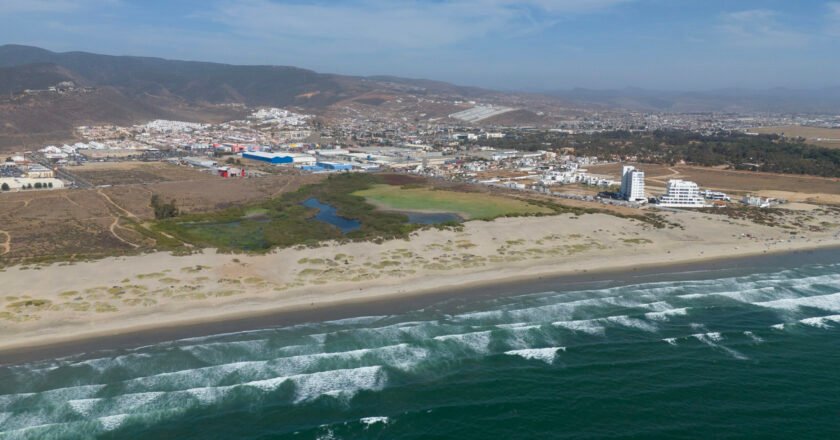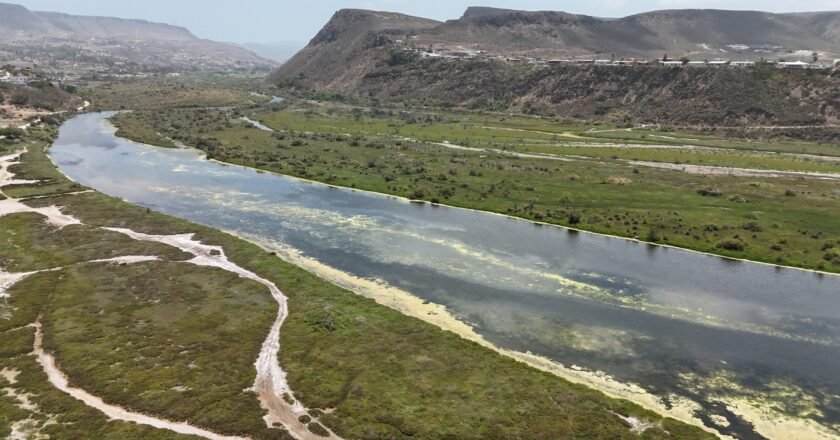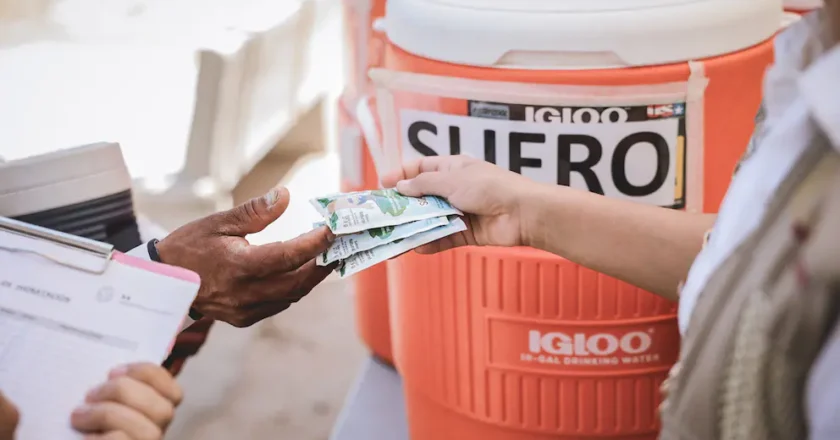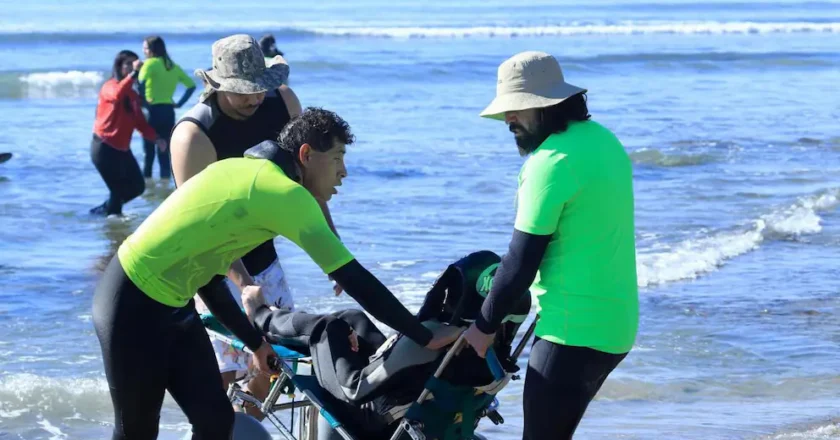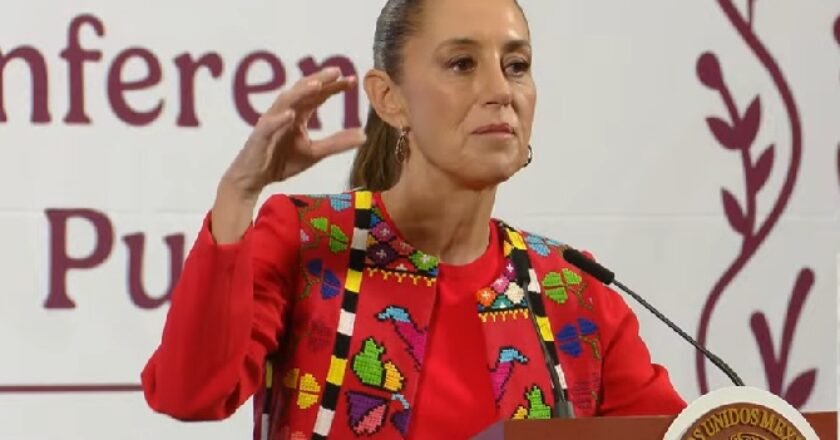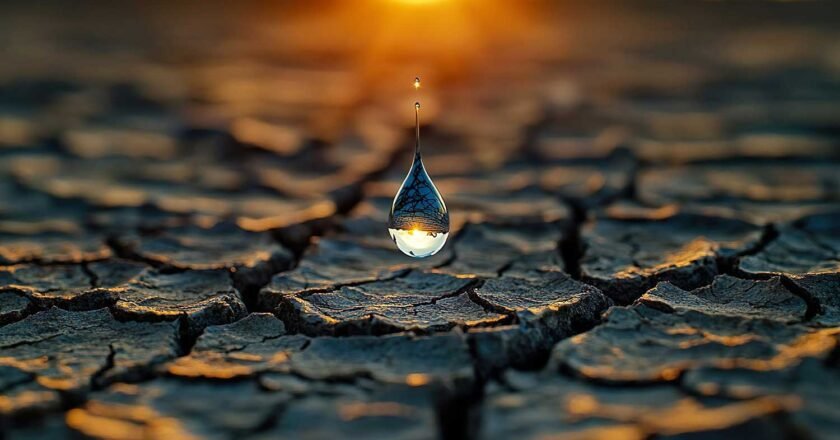Water Watch Editorial
Lake Mead is dropping again and this is a reminder that we are fast approaching 2026. Freelance reporters with boots on the ground say that the water levels have dropped ten feet in the last couple of weeks. There is no rain in sight until next winter. To refresh the memories of those following the water crisis in 2022, it is important to remember that Baja receives 80% of its water from the Colorado River stored in Lake Mead. The 100-year-old agreement expires in five short months. And at this time the seven Basin States and Mexico have not reached anagreement. For months the different parties have met in secret behind closed doors. The talks have not been made public. It is imperative water distribution be understood by all users which includes we who live in Baja California. It is good to be aware during a drought period that the United States can reduce deliveries to Mexico. There definitely will be cuts in the 2026 new agreement.
In 2019 a Drought Contingency Plans was established between the United States and Mexico following the 1944 Water Treaty in the Utilization of Waters of the Colorado and Tijuana Rivers and of the Rio Grande. Most recently we heard that President Trump was demanding water from Mexico’s Rio Grande which could not be provided due Mexico’s own water problems. It seems this story has disappeared from the media because of wars in the Middle East. We do not know if the second river issue has been resolved, however the Rio Grande situation is a different story and does not affect us here in Baja at this time.
Current information about the problems heading into 2026 is not found in mainstream media. It takes some research. However, what does appear in the media is their blaming the dwindling river water on climate change. This distracts from the true problem; over population in desert communities fueled by the fact that water has become a commodity bought and sold on Wall Street. In late 2020 Water Futures trading opened a new gambit for privatization. Why is this an issue? It takes the control out of the people’s hands and gives it to people who are not accountable. It has been stated that this change “will threaten our human right to clean, affordable water.”
Here are the three things to watch for as the 2026 new agreement goes into place:
- Water futures allow farmers, utilities, and other water users to hedge against price fluctuations and ensure a supply of water at a predetermined cost.
- Investors can now participate in the water market, creating a new avenue for investment and potentially influencing water pricing and allocation.
- Some experts and organizations raise concerns about the commodification of water, fearing it could lead to increased water scarcity and exacerbate inequalities in water access.

The CME Group in July 2021 explained how the Water Futures market works. In their overview they stated, “With nearly two-thirds of the world’s population expected to face water shortages by 2025, water scarcity presents a growing climate-related risk for business and communities around the world. Particularly in the state of California.” California is the largest water user of all the Lower Basin states and Mexico facing the 2026 new allocations.
In a ludicrous article, A New Future for Water, in the June 3, 2025 Voice of San Diego, written byScott Lewis stated, “San Diego country has abundant water.” Sound like good news? Not if you look more deeply into where their water comes from. Southern California receives 60% of its water from the Colorado River. Less than a quarter of the water is pulled from each the Owens River Valley and Sacramento/ San Joaquin River Delta. The amount is governed by winter snow pack and the pipelines from the north. Actual water on site is less than a quarter of the reserves from desal and aquifers. The damage to the aquifers is for another story. However, in an agreement with the Water Authority they will be allowed to sell water out of state. The question appears to be is this a “futures trading” with Colorado River water? Will California “speculate” the future prices to sell water to the dry Basin states and Mexico?
The “traders” have little concern about the effect of this trading on you and me. Development is their aim and we see is everywhere happening at a frenzied pace. To developers and governments sustainability is a word never to be spoken. Even in the face of the facts of decades of warnings, about water becoming the major concern like oil was to the 21st century. Water is now being played and will one day be more valuable than gold. Can we trust political transparency that water will actually be delivered to us at a price we can afford? One freelance reporter stated that we probably won’t see the results of this year’s dry winter until next summer. Development rushes on while the new desal plant in Rosarito is breaking ground, one desal plant in the future is a pipe-dream savior.
In conclusion, scientists have provided a rare, uncomfortable dose of certainty to Colorado River talks: “The planet is getting warmer, the Colorado River is losing water, and cutbacks to water demand are unavoidably necessary.” Development cannot be sustained without water. We might need more than hope for Mother Nature’s good intentions to provide and the one new desal plant to sustain Baja’s future. The Water Future speculation will be based on who has the water and how much will it cost.
Editor’s Note: Martina is a freelance writer who has been tracking Baja’s water issues since 2005. See all the back issues ggnorth.com/category/water-watch and Martina is the author of Dust in My Sandals, Tales from a Baja Traveler. Order today!

